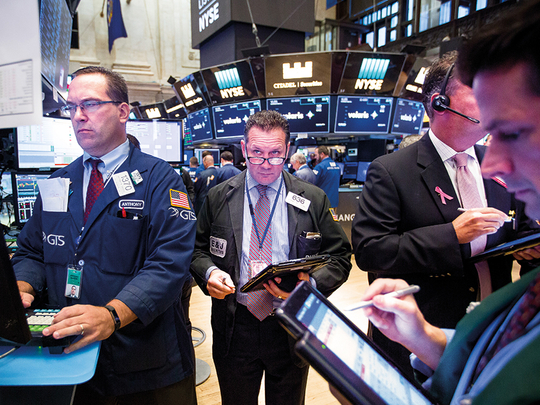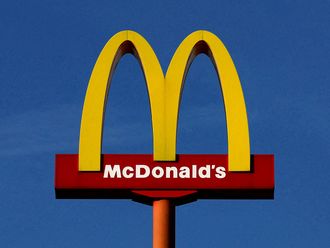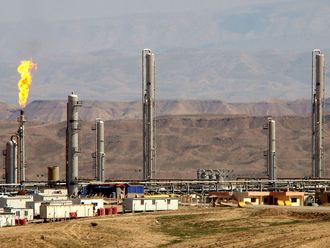
Dubai: Market traders don’t want to factor in the bad news right now.
Despite the growing geopolitical uncertainty triggered due to North Korea and excessive stocks valuations, markets have been gaining consistently, even hitting record highs.
The Dow Jones Industrial Average and S&P 500, which has gained 12.6 per cent in the year so far, have been on a record breaking spree. On Friday the Dow Jones Industrial Average hit a new peak of 22,275.02, before closing 0.29 per cent higher at 22,268.34.
“Traders are ignoring the fundamentals, there is a debt issue globally say in China and elsewhere, which is not concerning them, said Nadi Bargouti, head of asset management at Emirates Investment Bank. He said traders only pay attention to what the Federal Reserve and the European Central Bank says.
“We don’t see a major change in trend to happen based on the information that we have now. There isn’t any to look forward to other than Fed. We may see a range bound market this week,” said Bargouti.
The US Federal Reserve is expected to maintain the fed fund rate on Wednesday, which has been factored in by market participants.
This behaviour is due to lack of attractive investment options elsewhere, according to analysts.
“All events that we have seen markets have been ignoring negative fundamentals. There are always buyers, because there are limited options outside of equities.
There are seeing returns only in equities, and this is pushing valuations higher and higher,” Bargouti said. “Investors will have to come to their senses and see that valuations will become difficult to justify even with the most optimistic forecasts,” Bargouti added.
US markets were trading at 19.1 times higher than earnings, compared to a historical average of 15, indicating a significant premium. European shares are trading at 16 times higher than earnings.
Commodities
Brent crude posted its biggest weekly gains in two months on the back of improved outlook for demand by the Opec and IEA, but analysts are unsure how long the rally will last.
“The improved technical and fundamental outlook for crude oil may attract some additional short-covering and new longs in the short-term. But having retraced in full the August sell-off we remain sceptical about how much further upside can be achieved at this stage — not least considering the potential for increased selling from producers,” said Ole Hansen, head of commodity strategy at Saxo Bank.
On Friday, Brent crude rose 0.27 per cent to end at $55.61 per barrel. Brent rose 3.1 per cent last week, after rising to a high of $55.85, the highest since May.
West Texas Intermediate closed $49.89 per barrel, widening the spread to $5.7 per barrel.
“Once the impact of hurricanes begins to fade, we should see the spread start to narrow, but whether it is Brent falling towards WTI or WTI rising towards Brent, or a combination of both, remains to be seen,” Hansen said.
Gold continued to fall from the highest in a year.
Gold prices fell 0.72 per cent to reach $1,320.18 per ounce.
“Faced with a band of resistance between $1,337 per ounce and $1,342 per ounce, gold is back on the defensive with the focus once again turning to the critical support level at $1,300,” Hansen said.












